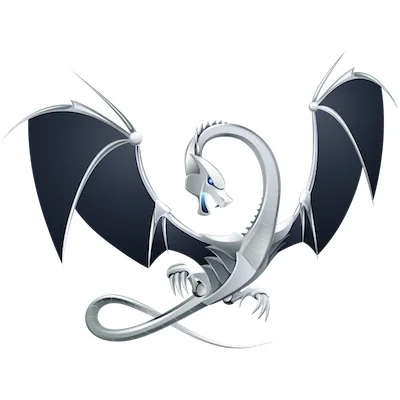A Proposal For Compiling Direct3D HLSL With LLVM

This proposal by Charles Davis, an American university student, is entitled "Microsoft Direct3D shader bytecode backend." Here's the abstract from the proposal:
There is a distinct lack of open-source frameworks for compiling HLSL, the shader language used by Direct3D, into bytecode that D3D can understand. Currently, the only such framework is Ryan Gordon's MojoShader, whose HLSL compiler component is still under heavy development. By utilizing LLVM, it may be possible to generate high-performance shader code from HLSL, just as Apple is known to do for GLSL. The first step is a backend to generate D3D bytecode from LLVM IR.
Basically it's doing what Apple does with LLVM for GL Shading Language (GLSL) work on Mac OS X and what Linux developers have begun to do in the Linux world with Gallium3D, but to apply this to Direct3D and HLSL, the Microsoft High Level Shader Language.
Not only would the Low-Level Virtual Machine be compiling the HLSL, but it would take advantage of the LLVM optimizers to generate more efficient and higher-performing HLSL. Right now under Windows, most HLSL is generated by Microsoft's compiler in DirectX. As part of the HLSL compiler, the LLVM back-end would generate Direct3D shader byte-code from LLVM IR.
What makes this work particularly interesting is that the proposal has the interest of the Wine project. In fact, it was Dan Kegel who brought up this idea of using LLVM for a Direct3D/HLSL compiler. Wine's in need of a shader compiler and so they hope this work will come to fruition. Dan Kegel in fact a well known Wine figure and is employed by Google and was the Wine 1.0 release manager. There is also the Direct3D 10/11 state tracker for Mesa's Gallium3D architecture, but that hasn't garnered the interest of Wine.
If this proposal is accepted and ends up materializing, this could -- in the long run -- end up improving Wine's support for modern Direct3D titles and when optimized with LLVM could provide faster performance.
6 Comments

